Home>Furniture & Design>Bedroom Furniture>Why Memory Foam Mattresses Are Bad


Bedroom Furniture
Why Memory Foam Mattresses Are Bad
Modified: January 14, 2024
Discover why memory foam mattresses may not be the best choice for your bedroom furniture and design. Learn about the potential drawbacks and alternatives.
(Many of the links in this article redirect to a specific reviewed product. Your purchase of these products through affiliate links helps to generate commission for Storables.com, at no extra cost. Learn more)
Introduction
When it comes to choosing the perfect mattress, comfort and support are paramount. With the myriad of options available in the market, it’s crucial to make an informed decision that aligns with your specific needs. While memory foam mattresses have gained popularity for their pressure-relieving properties, there are several drawbacks that warrant consideration. In this article, we will delve into the reasons why memory foam mattresses may not be the best choice for everyone. From issues of inadequate support to concerns about overheating and off-gassing, we’ll explore the potential downsides of these widely marketed mattresses. By understanding these drawbacks, you can make a well-informed choice that prioritizes both comfort and health.
Key Takeaways:
- Memory foam mattresses may lack support, causing discomfort and back issues. Consider hybrid or latex mattresses for better spinal alignment and edge support.
- Memory foam mattresses can retain heat and emit chemical odors. Explore alternatives like natural latex or hybrid mattresses for cooler, hypoallergenic options.
Read more: Why Are Memory Foam Mattresses So Hot
Lack of Support
One of the primary concerns associated with memory foam mattresses is their lack of adequate support, especially for individuals with back pain or those who require extra firmness for proper spinal alignment. While memory foam excels in conforming to the body’s shape, it often lacks the essential support needed to maintain a neutral spine position throughout the night. This deficiency can lead to discomfort and exacerbate existing back issues, ultimately impacting the quality of sleep.
Additionally, memory foam mattresses may not provide ample edge support, causing a sinking sensation when sitting or sleeping near the perimeter. This can be particularly inconvenient for individuals who require stable edges for mobility or those who share the bed and need to utilize the entire surface area. The lack of robust edge support can also result in premature sagging, diminishing the overall lifespan of the mattress.
For those seeking a mattress that offers superior support and promotes spinal alignment, exploring alternative options such as hybrid or latex mattresses may be more beneficial. These alternatives often combine the pressure-relieving properties of memory foam with the necessary support of innerspring coils or latex layers, providing a balanced and supportive sleep surface.
Overheating
Another significant issue commonly associated with memory foam mattresses is their tendency to retain heat, potentially leading to discomfort and disrupted sleep. The dense composition of traditional memory foam can restrict airflow and trap body heat, causing sleepers to feel excessively warm throughout the night. This can be particularly problematic for individuals who naturally sleep hot or those residing in warmer climates.
Furthermore, the heat retention properties of memory foam mattresses can contribute to night sweats and discomfort, ultimately impacting sleep quality and overall restfulness. In response to this concern, many manufacturers have developed innovative solutions to mitigate overheating, such as incorporating open-cell foam or infusing the memory foam with cooling gel or copper to enhance heat dissipation.
Despite these advancements, it’s important for consumers to carefully consider their individual temperature regulation needs when evaluating memory foam mattresses. Exploring alternative mattress materials, such as natural latex or hybrid designs that incorporate breathable components, can provide a cooler and more comfortable sleep environment for those sensitive to heat retention.
When considering a memory foam mattress, look for one with a lower density to avoid potential off-gassing and heat retention issues.
Off-Gassing
One of the often-cited concerns surrounding memory foam mattresses is the phenomenon of off-gassing, which refers to the release of volatile organic compounds (VOCs) and chemical odors from the mattress materials. These emissions can result from the manufacturing process and the breakdown of certain components within the memory foam, potentially leading to unpleasant smells and concerns about indoor air quality.
While many mattress manufacturers have taken steps to minimize off-gassing by utilizing CertiPUR-US® certified foams and low-VOC materials, some individuals may remain sensitive to these emissions, experiencing symptoms such as headaches, nausea, or respiratory irritation. It’s important to note that the duration and intensity of off-gassing can vary depending on the specific mattress brand, composition, and environmental factors.
For those who are particularly sensitive to chemical odors or have concerns about off-gassing, exploring mattresses made from natural and organic materials, such as organic cotton, wool, or natural latex, may offer a more suitable and hypoallergenic alternative. These materials are often free from the synthetic compounds found in traditional memory foam and can provide a healthier sleep environment for individuals with chemical sensitivities.
Longevity
While memory foam mattresses are renowned for their initial plushness and pressure-relieving properties, concerns about their long-term durability and resilience are prevalent among consumers. Over time, memory foam has a tendency to develop body impressions and indentations, particularly in areas where the body’s weight is consistently concentrated. This can result in uneven firmness and diminished support, ultimately impacting the overall comfort and longevity of the mattress.
Furthermore, the degradation of memory foam mattresses may be accelerated by factors such as fluctuating temperatures, excessive moisture, and inadequate foundational support. As a result, the structural integrity of the foam can be compromised, leading to premature sagging and reduced effectiveness in alleviating pressure points.
For individuals seeking a mattress with enhanced durability and longevity, exploring alternative options such as natural latex or hybrid mattresses can offer a resilient and long-lasting sleep surface. Latex, known for its exceptional elasticity and resistance to body impressions, provides consistent support and comfort over time, making it a favorable choice for those prioritizing longevity in their mattress investment.
Additionally, hybrid mattresses that combine memory foam with supportive coil systems can offer a balanced approach, harnessing the pressure-relieving benefits of memory foam while mitigating concerns related to long-term durability. By considering these alternatives, consumers can make informed decisions that align with their preferences for both comfort and lasting performance.
Read more: What Is A Memory Foam Mattress
Conclusion
While memory foam mattresses have garnered widespread attention for their pressure-relieving properties and ability to contour to the body, it’s essential to recognize the potential drawbacks associated with these popular sleep surfaces. From concerns regarding inadequate support and overheating to issues related to off-gassing and longevity, consumers are encouraged to carefully evaluate their individual needs and preferences when considering a mattress purchase.
For individuals seeking a balance of support and comfort, exploring alternative mattress options such as hybrid designs or natural latex mattresses can provide a more tailored sleep experience. These alternatives offer robust support, enhanced breathability, and long-term durability, addressing many of the concerns commonly associated with traditional memory foam mattresses.
Ultimately, the decision to invest in a mattress should prioritize both physical comfort and overall well-being. By weighing the potential drawbacks of memory foam mattresses against alternative choices, consumers can make informed decisions that align with their unique sleep preferences and contribute to a restful and rejuvenating night’s sleep.
It’s important to note that individual experiences with mattresses can vary, and factors such as body weight, sleep position, and personal sensitivity to certain materials should be carefully considered when selecting the ideal sleep surface. By staying informed and exploring a diverse array of mattress options, individuals can find a mattress that not only meets their comfort needs but also promotes a healthy and supportive sleep environment.
Frequently Asked Questions about Why Memory Foam Mattresses Are Bad
Was this page helpful?
At Storables.com, we guarantee accurate and reliable information. Our content, validated by Expert Board Contributors, is crafted following stringent Editorial Policies. We're committed to providing you with well-researched, expert-backed insights for all your informational needs.
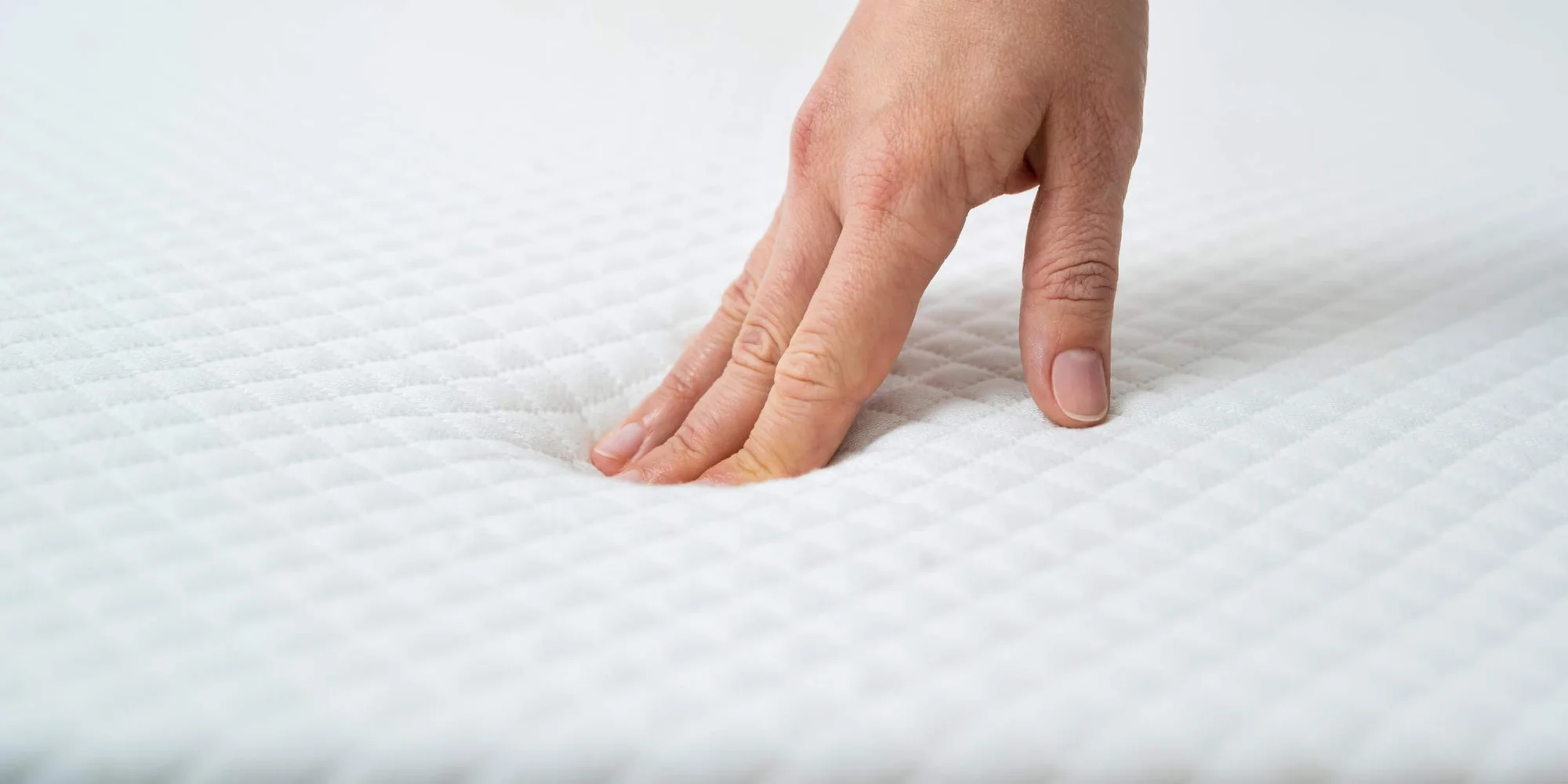
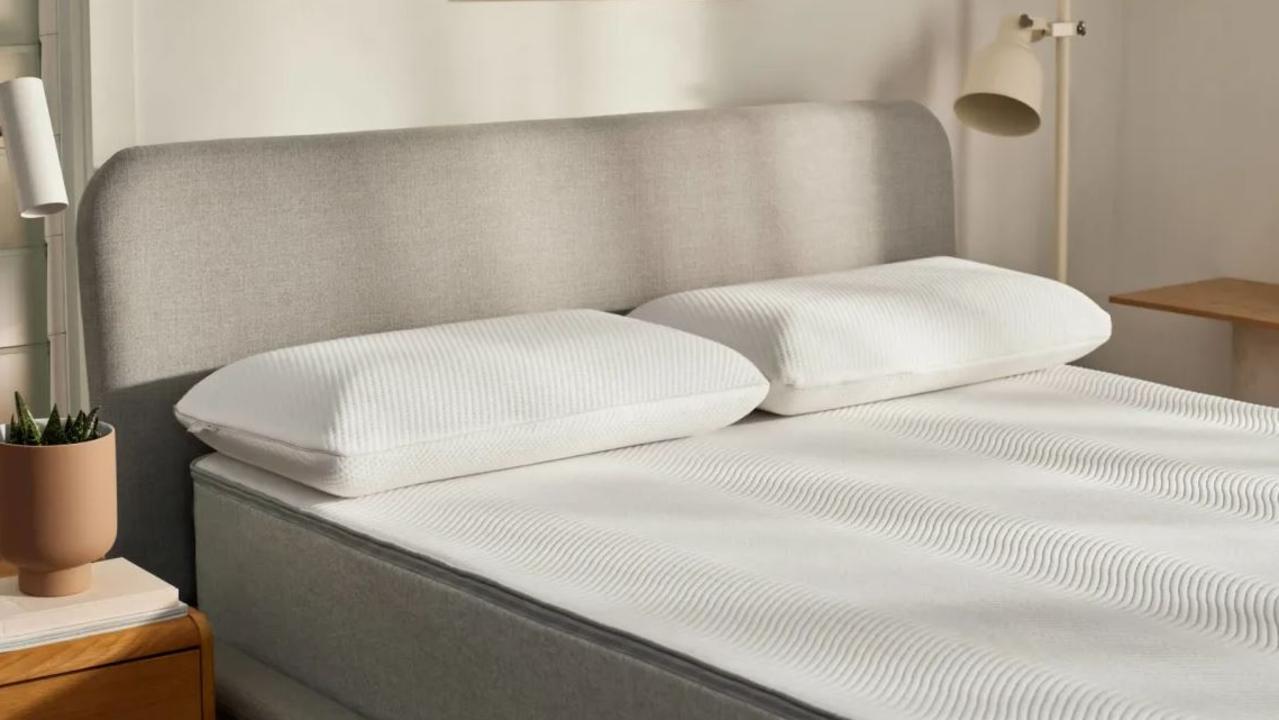
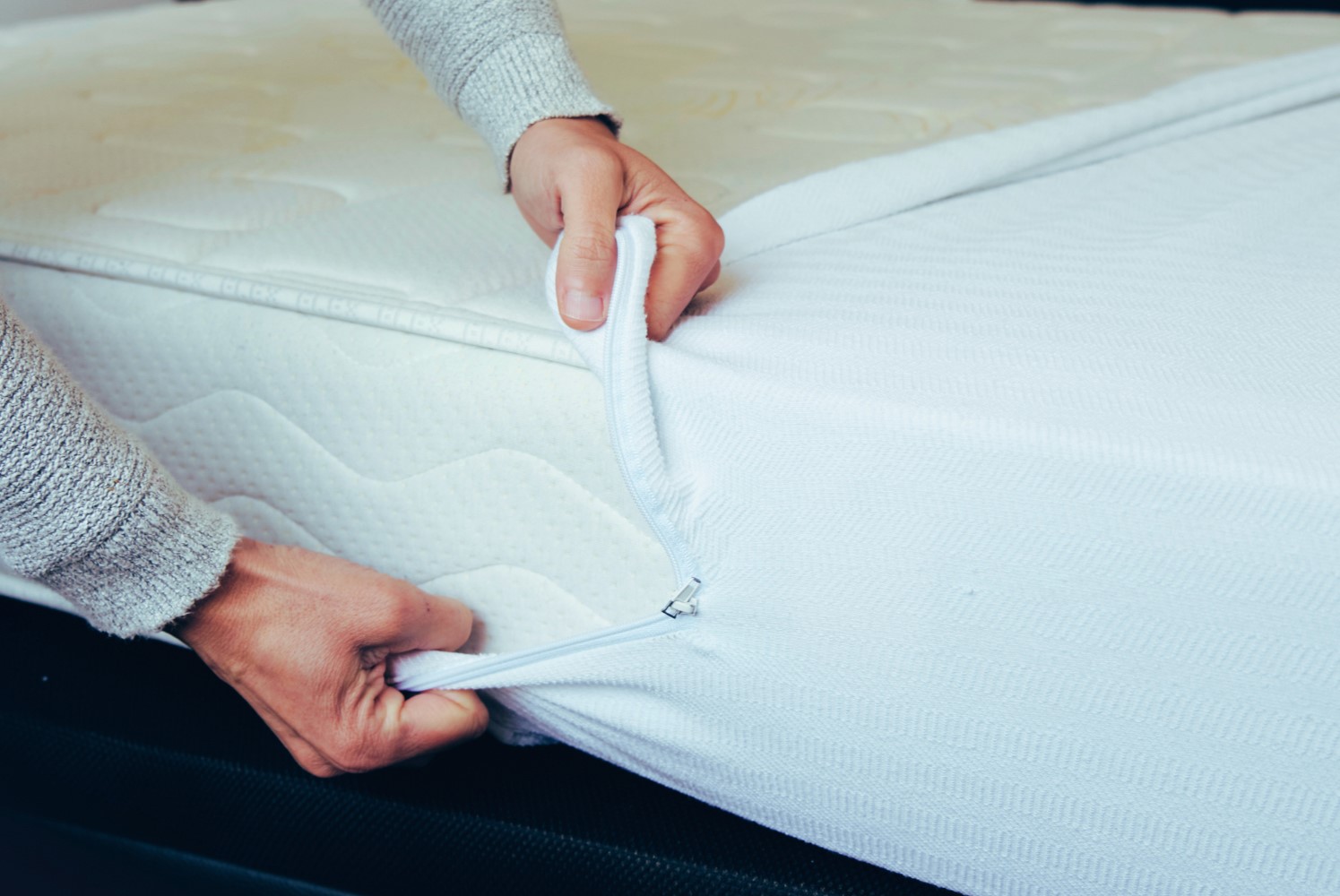
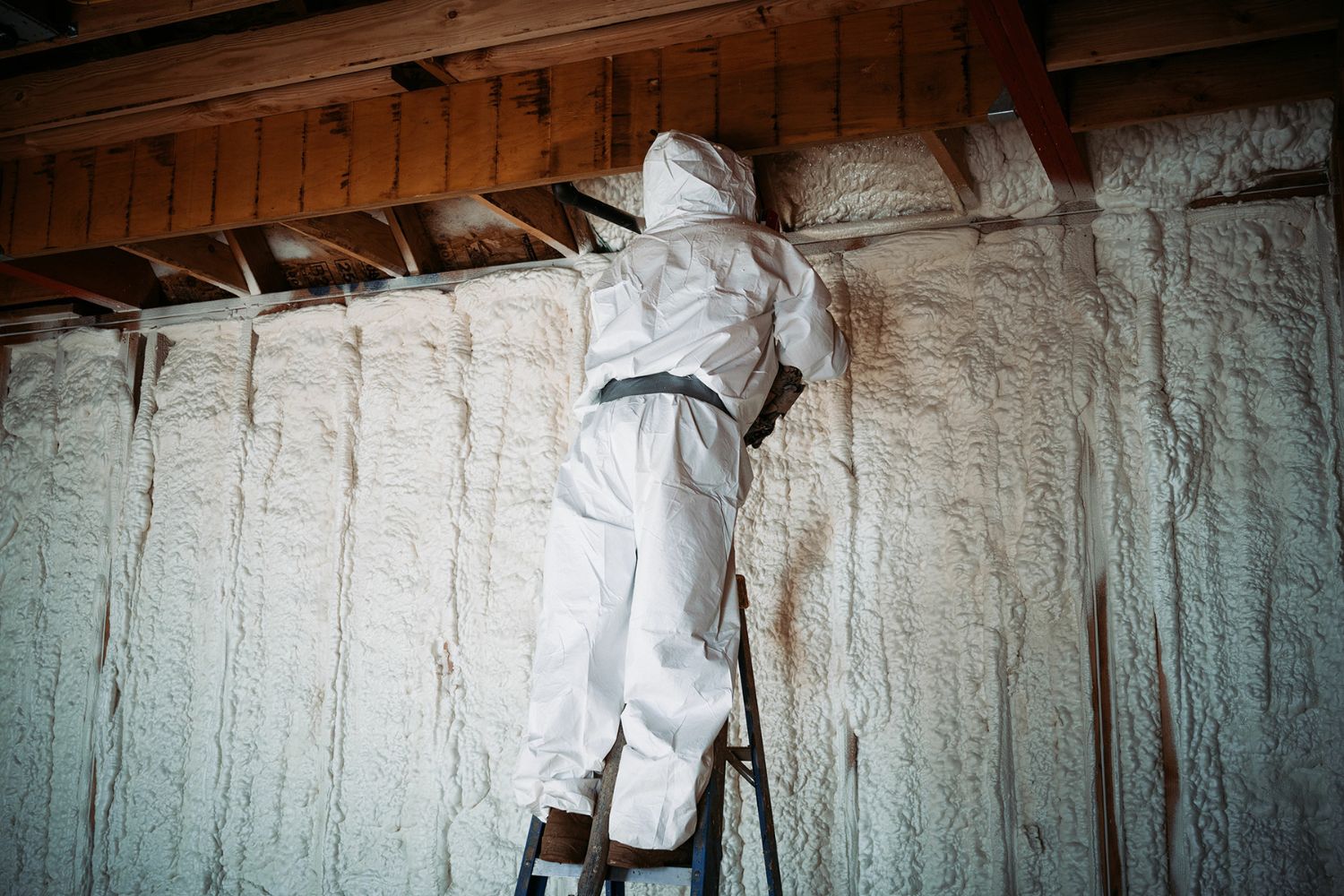
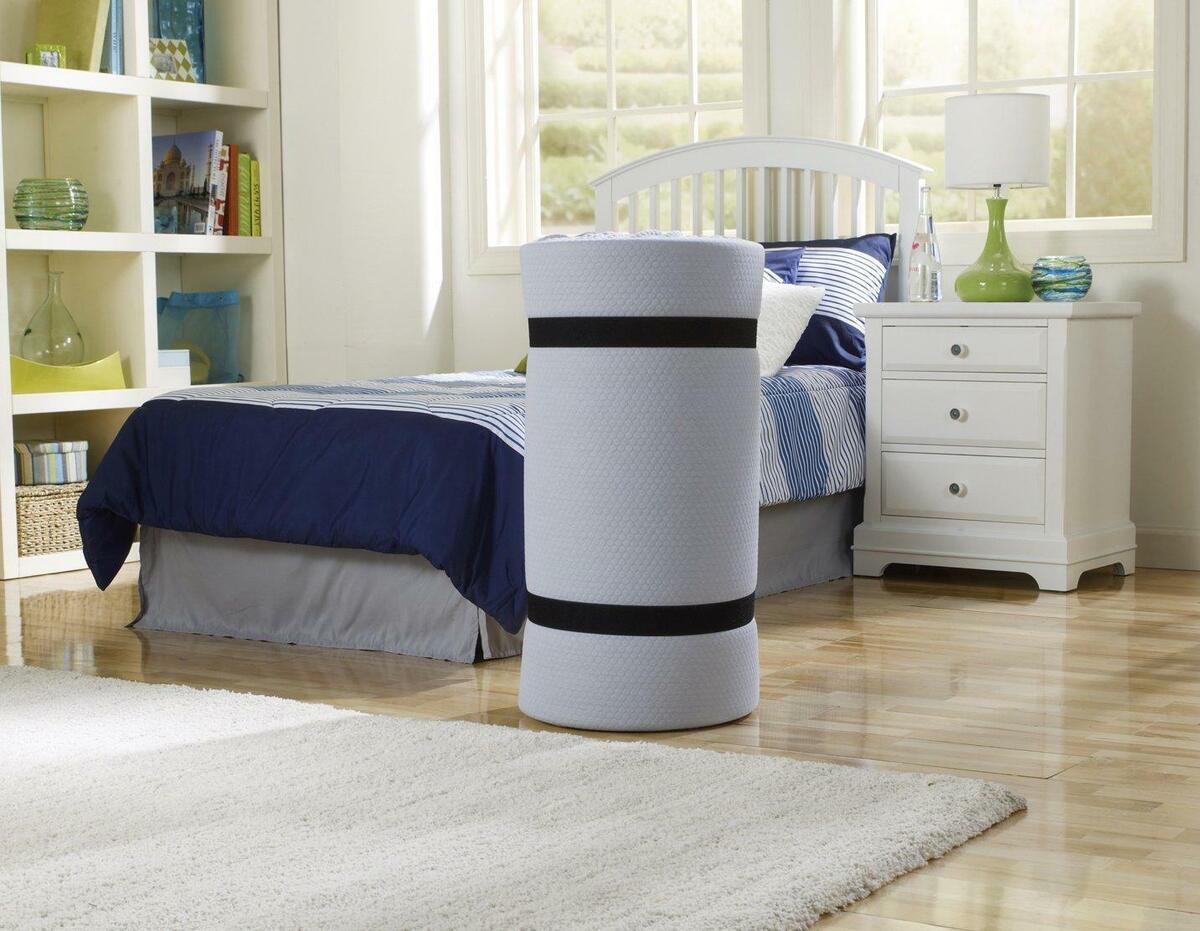
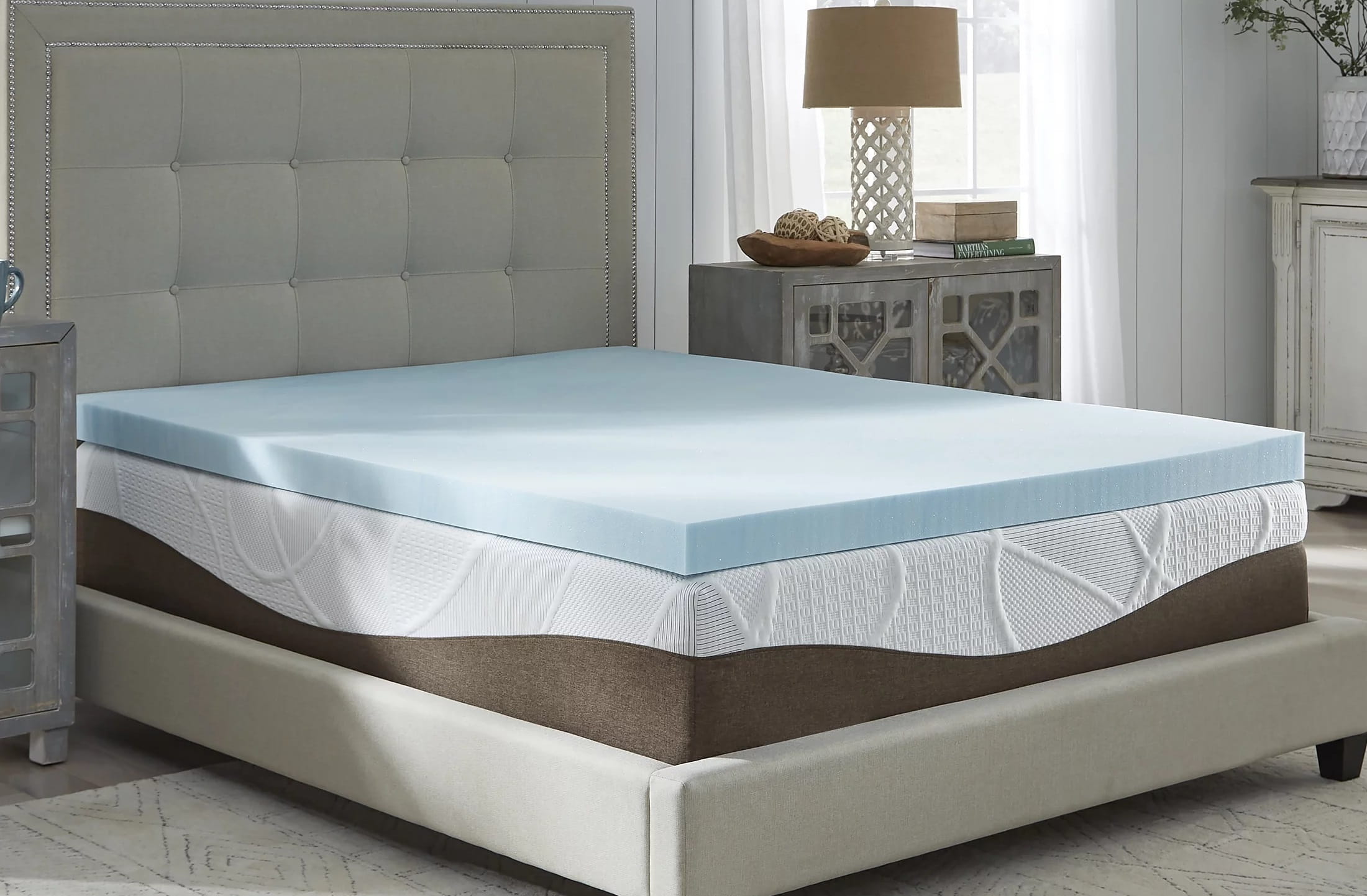
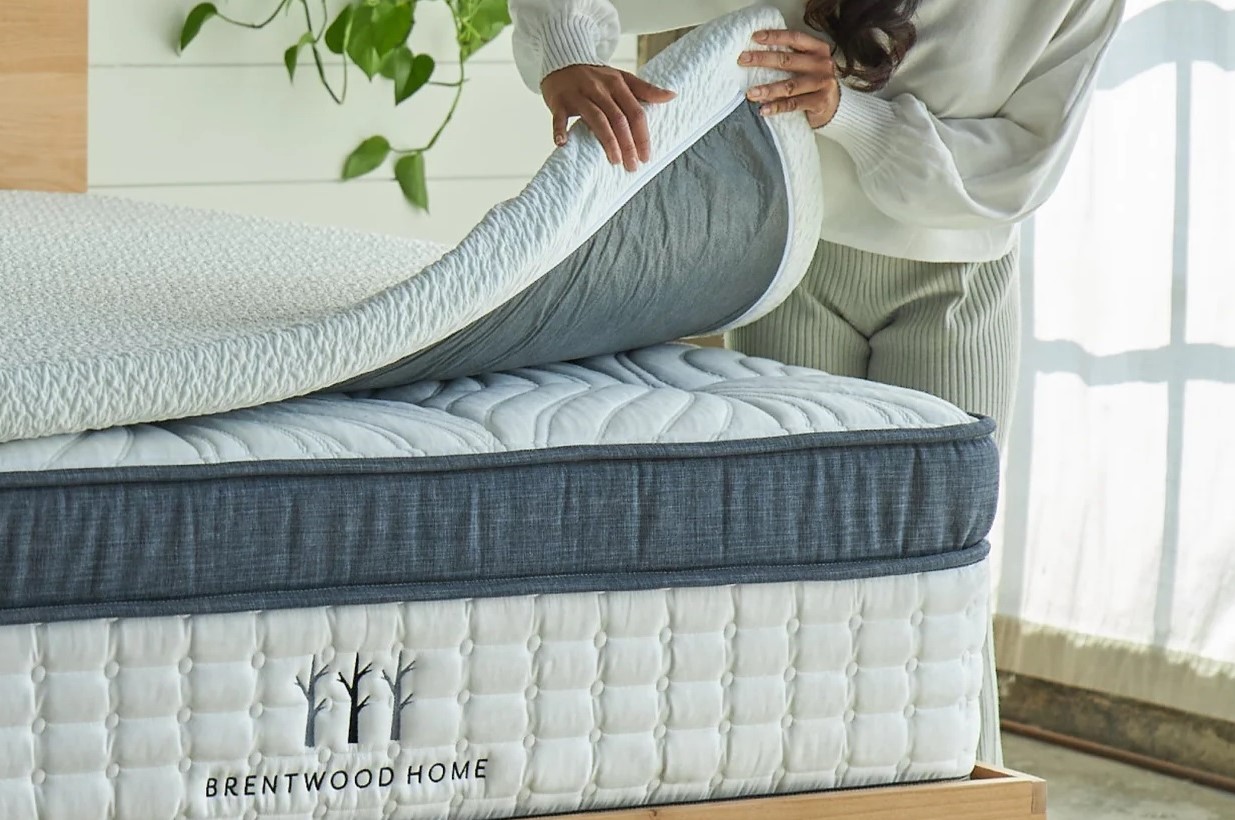
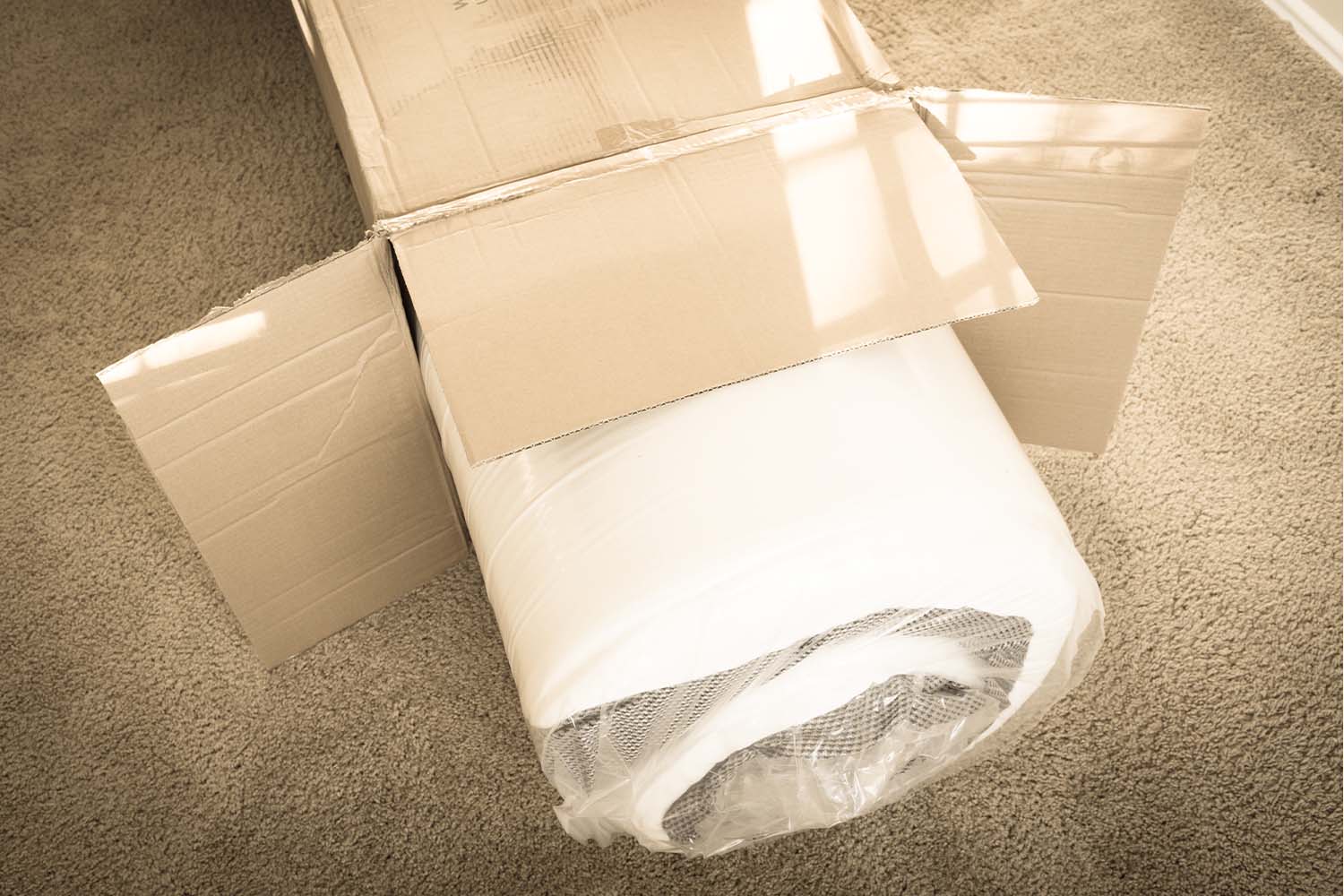
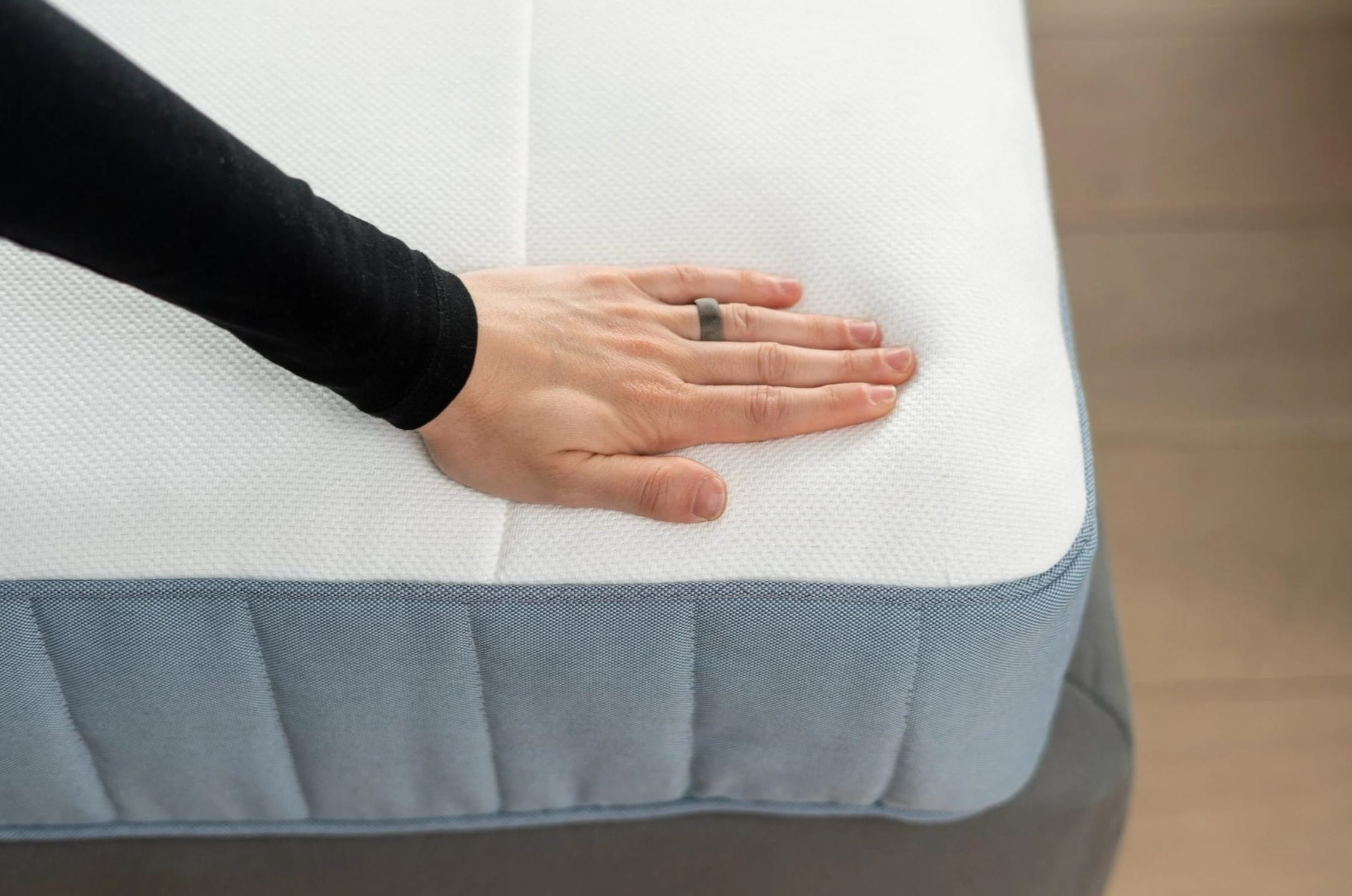
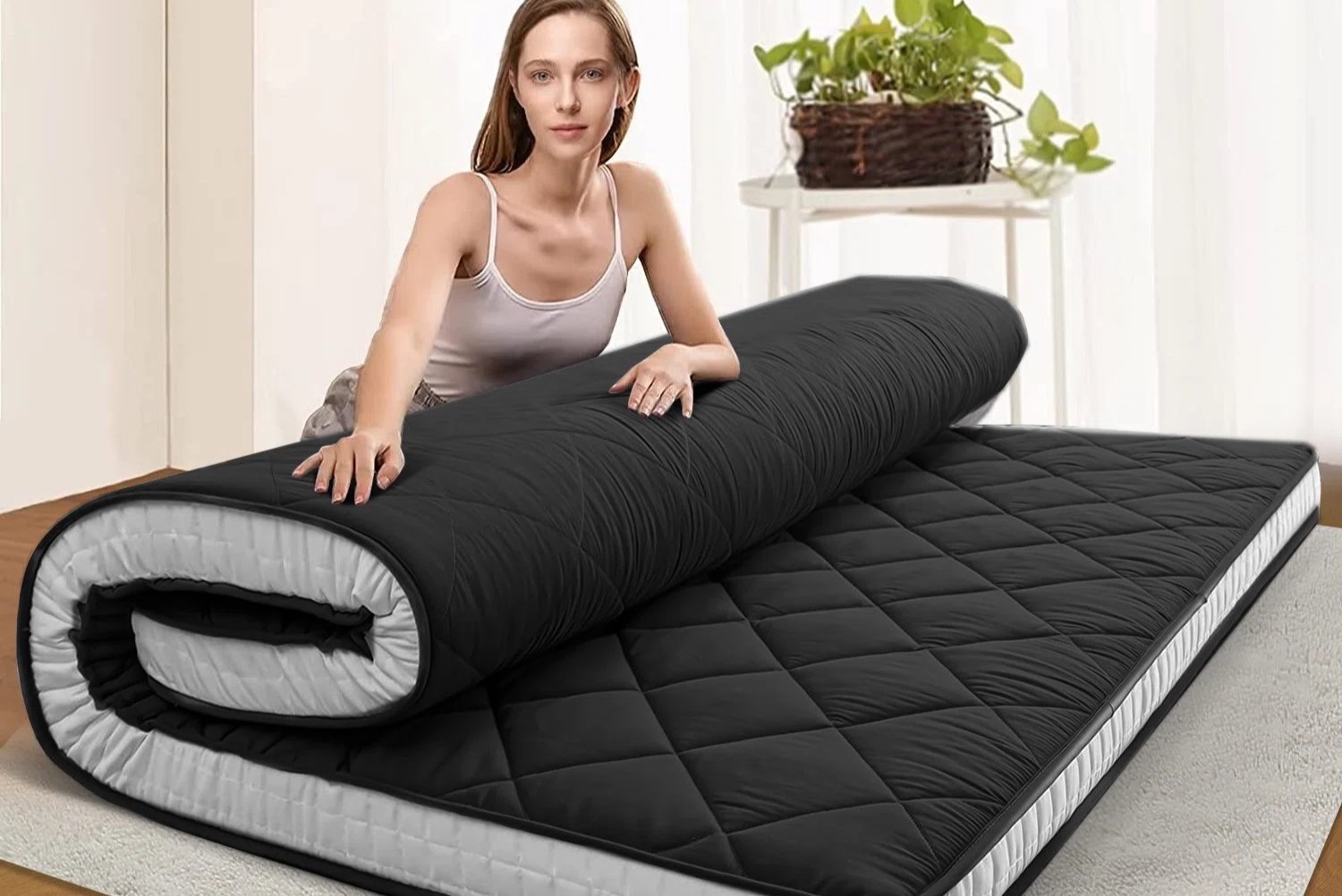

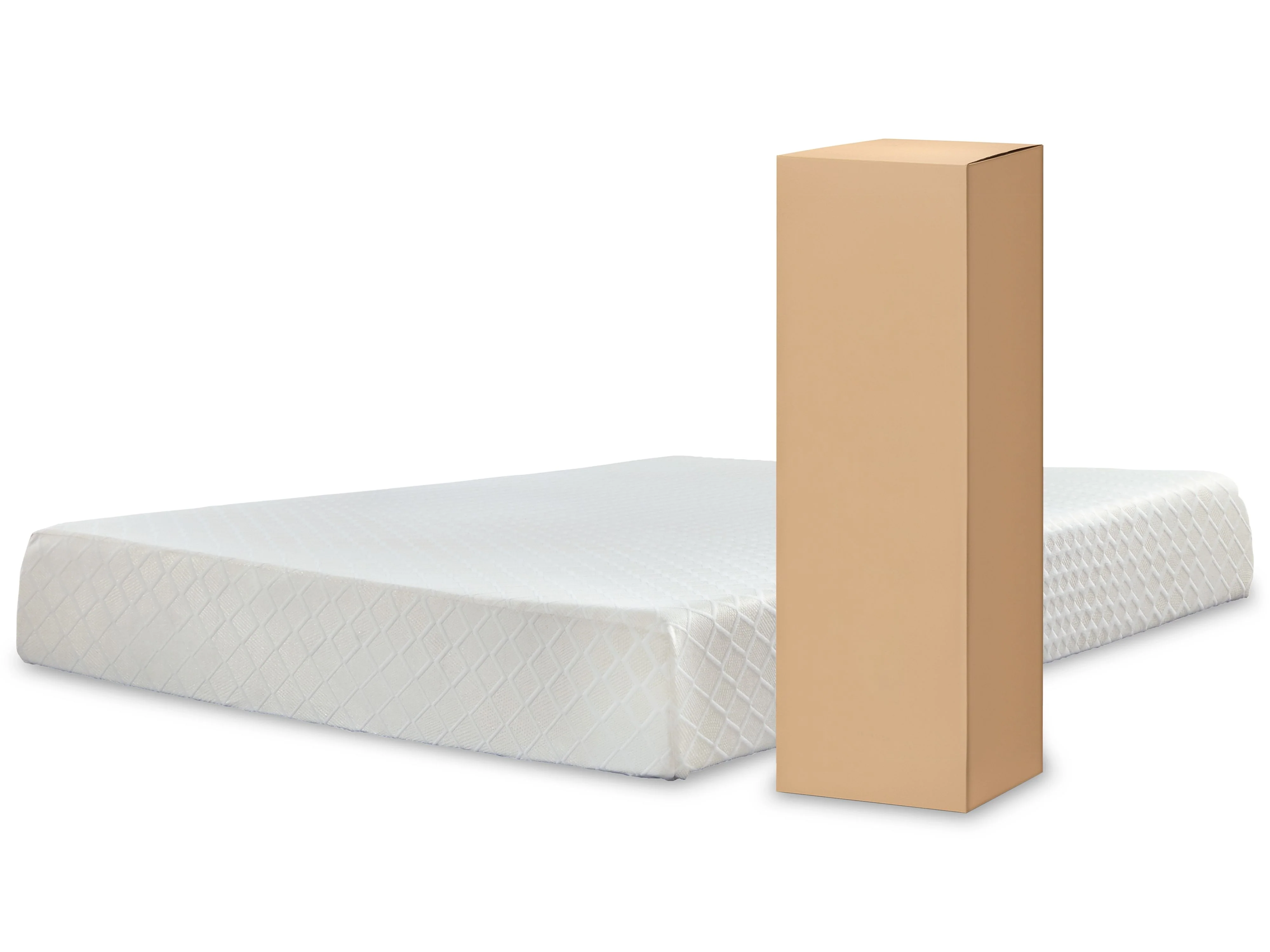
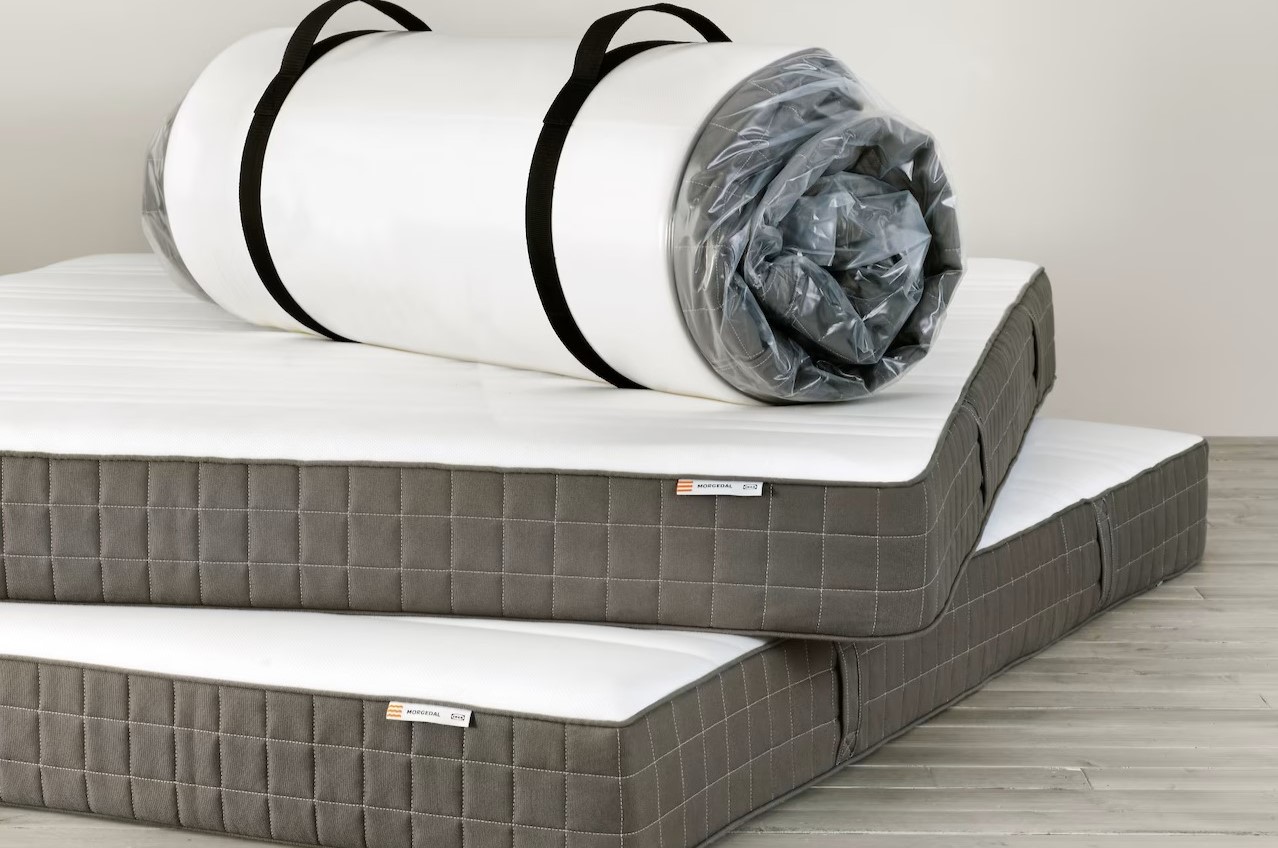
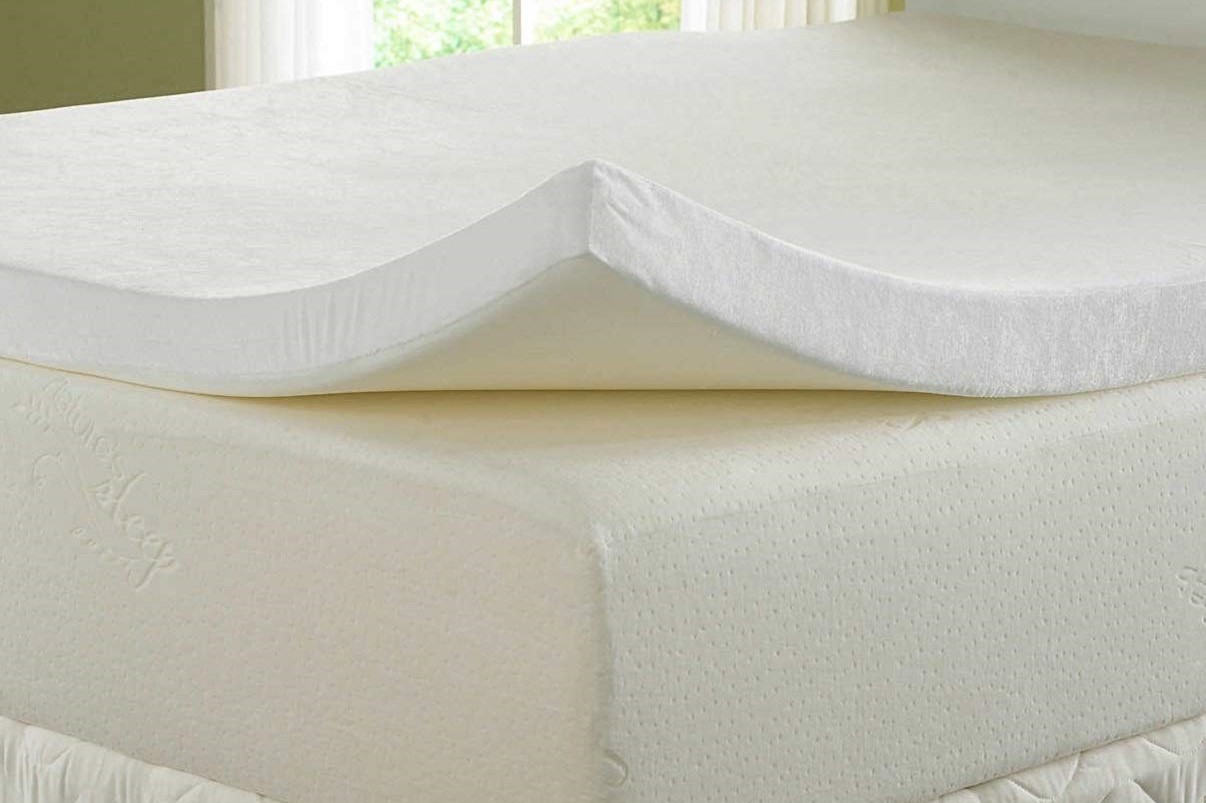

0 thoughts on “Why Memory Foam Mattresses Are Bad”